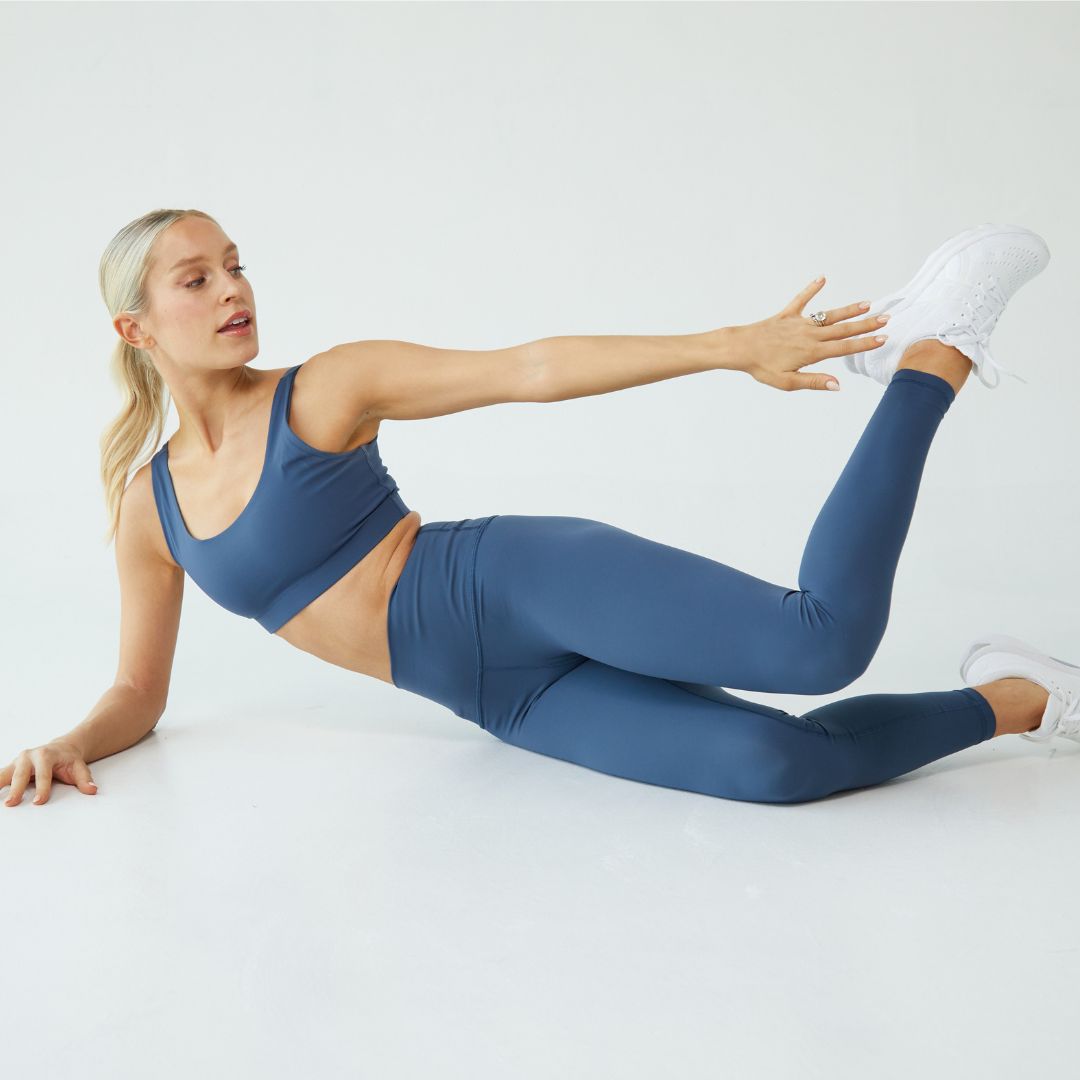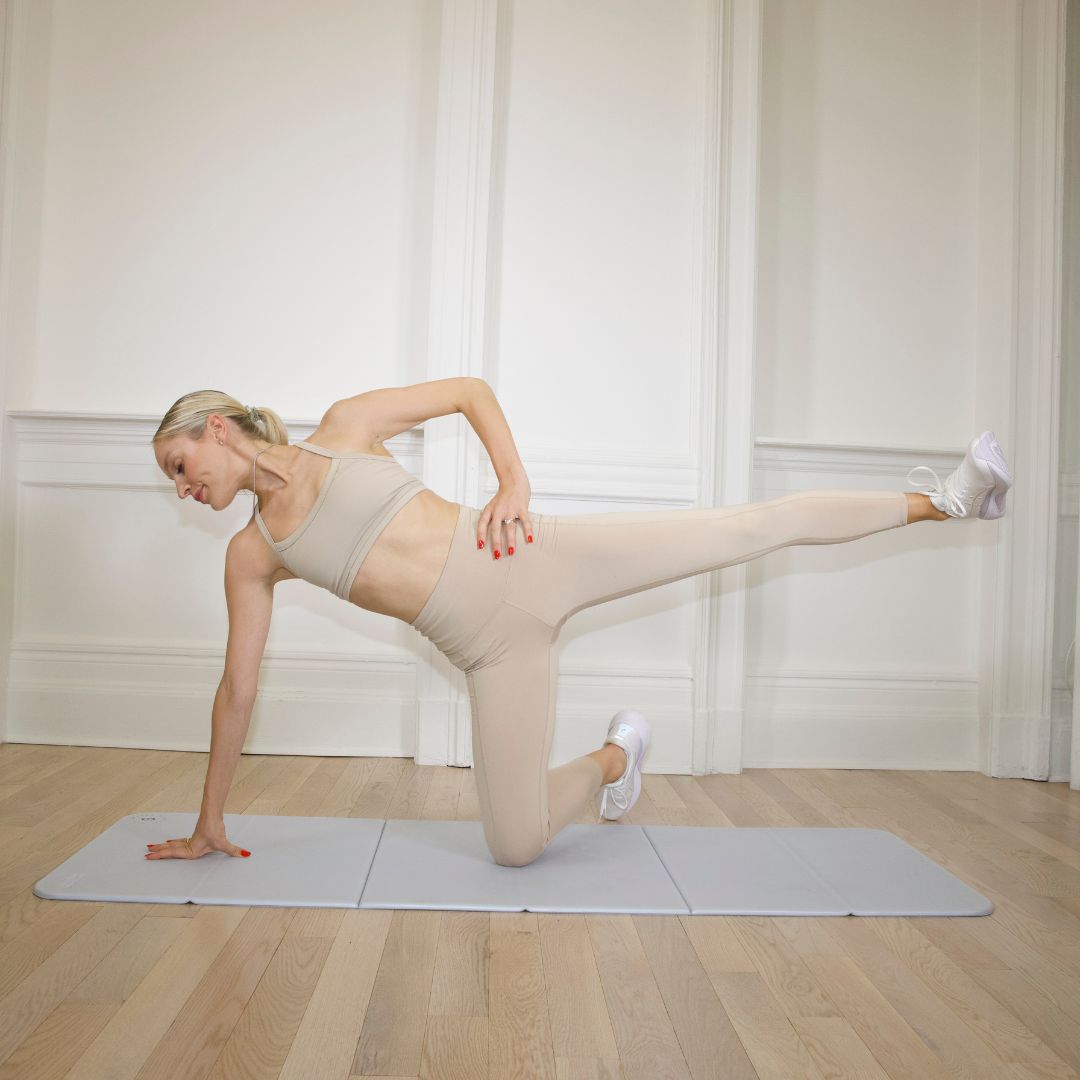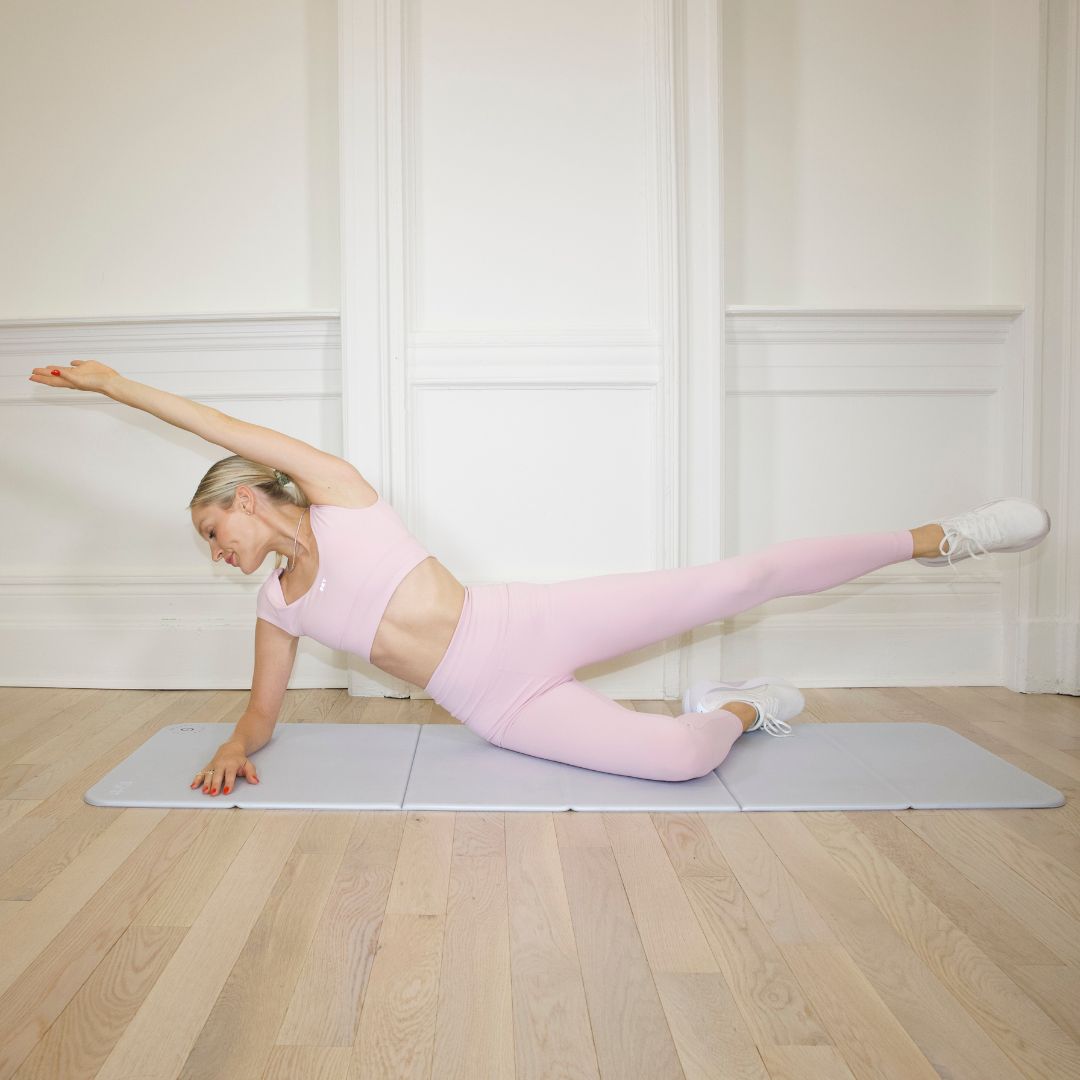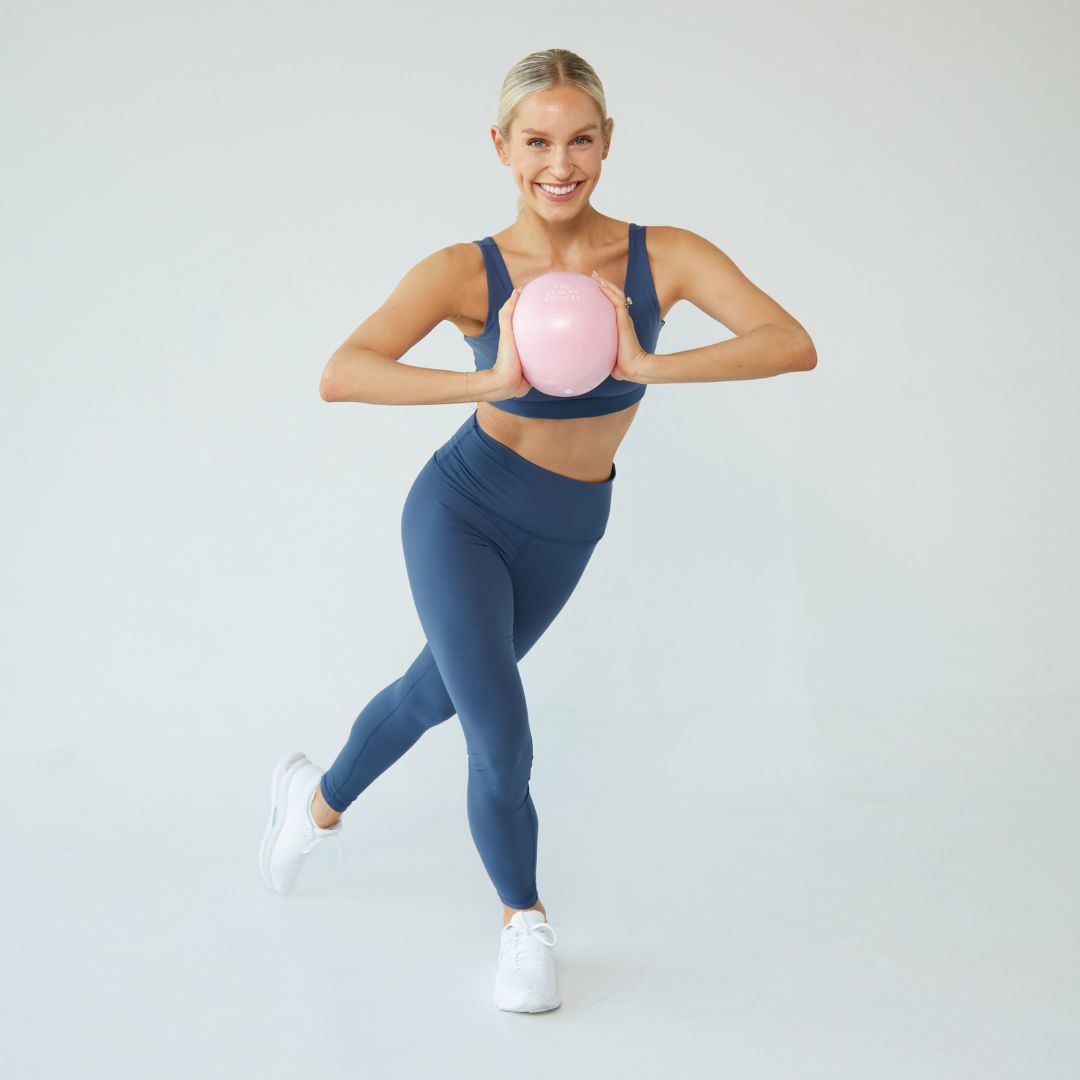
Sync Your Cycle: A Guide to the Four Phases of the Menstrual Cycle and How They Affect Your Fitness Journey

Understanding the Menstrual Cycle
The Four Phases of the Menstrual Cycle Explained


The Connection Between Hormones and Fitness Performance
Tracking and Monitoring Your Menstrual Cycle for Success


Listening to Your Body: Adjusting Workouts Based on Personal Cues
NEW WORKOUTS EVERY WEEK
Try The Sculpt Society Free For 7-Days
Get access to 1,000+ workout videos, anytime, anywhere on all your favorite devices.

Continue Reading










